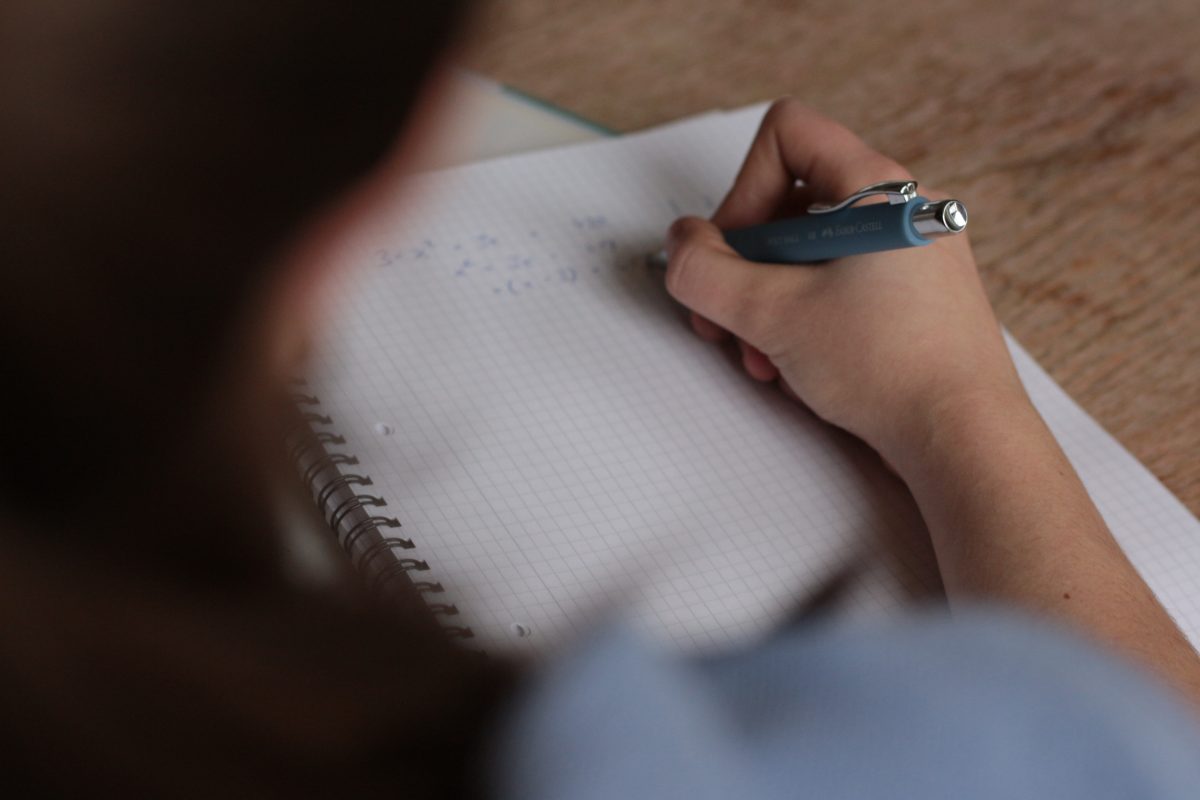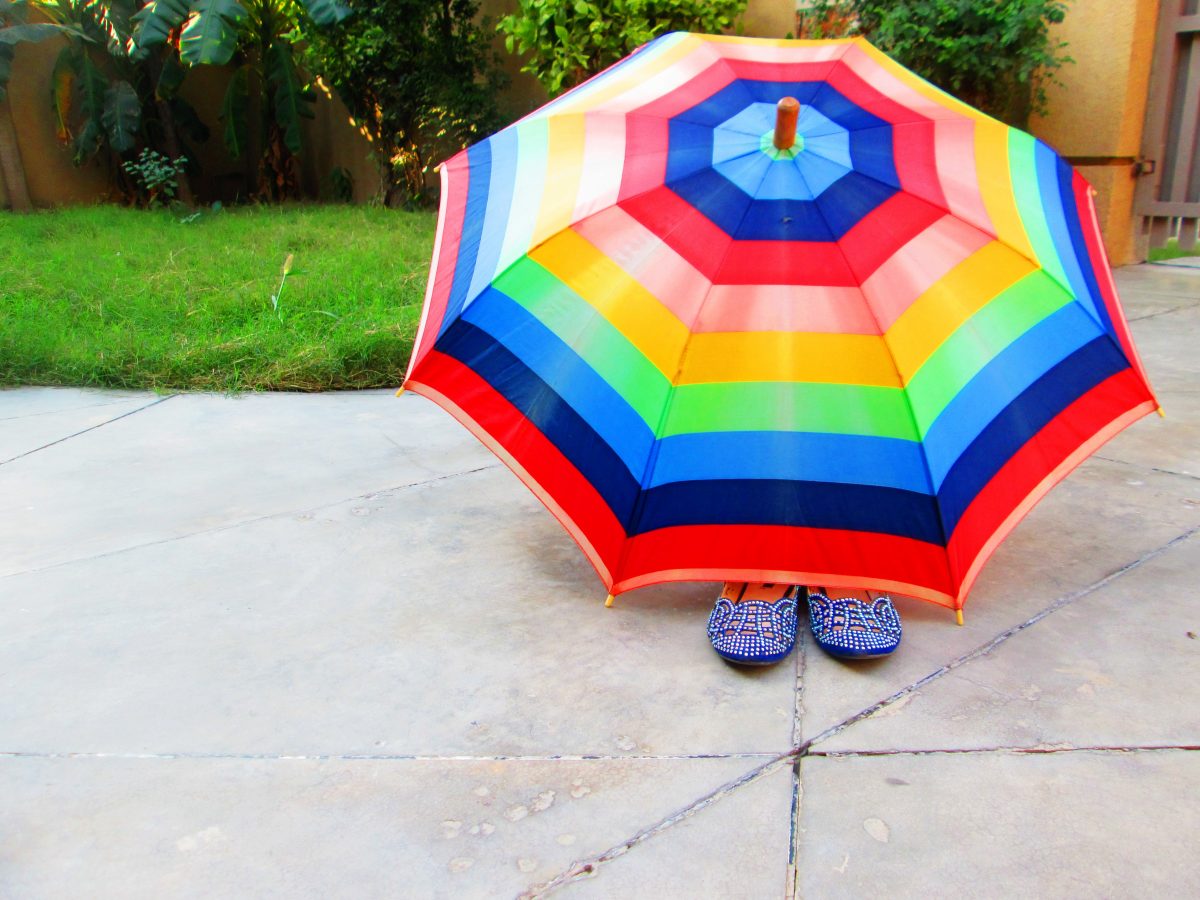
By Yamila García
Before coming to the US, I tried to do several things in many stages of my life and none of them worked out. I was frustrated but somehow accepted that my life was going to be like that. I never stopped trying though. However, when I came here, things changed. I had some tough moments, of course. But everything I was trying turned out well, and that made me scared. I was too used to dealing with adversity but never learned to deal with any kind of success. The fact that everything I was doing was going well scared me a lot, not because I was afraid that things would “go back to normal,” but because I just didn’t know how to go through it or even enjoy it.
I have wondered so many times why this happened and if the place had something to do with it. It was even funny to see how things never worked out for me. I contemplated several possible reasons, including being in survival mode or simply having fewer distractions. However, time went by and most of those options stopped making sense in my current reality. So, it was then that I realized that the only thing I had here that I never had in my country was my diagnosis as neurodivergent. I always felt different, I always knew that my differences with others went beyond the differences that are acceptable for society. However, I never had a full understanding of who I was or how and why I worked the way I did.
My journey in this country has been full of learning. I learned a lot about myself. I learned how to prioritize myself and my needs, how to better handle my struggles, and how to enhance my abilities, but most importantly, I learned how to respect my essence. I don’t force myself to do things that harm me anymore. Yes, I challenge myself as a way to keep learning and growing, but I am kind to myself. This is why I can finally say that I am proud of the person I am. Needless to say, I couldn’t have gotten to this point without knowing who I really am. Obviously, I’ve been neurodivergent my whole life but, as I didn’t know it, I was expecting myself to act as if I wasn’t. As a consequence, for years my focus and energy have been put into trying to act “normal” or do what others do, while it should have been put into whatever I was trying to do at the moment. I’m still learning how to change the focus from masking to what really matters, and so far I’ve only seen improvements in my life.








